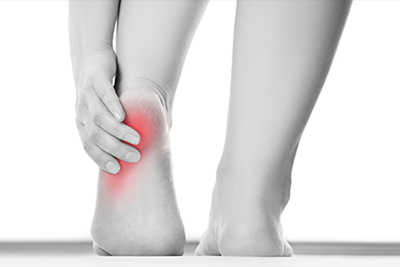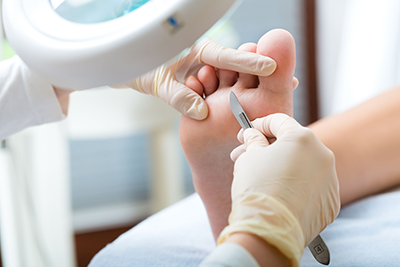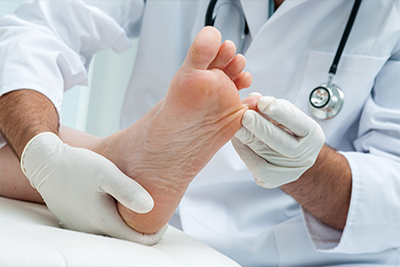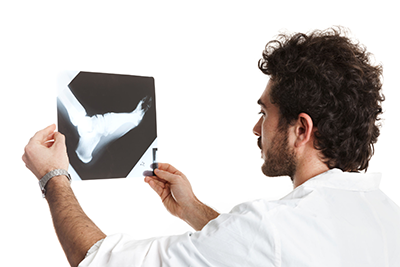Sprained AnkleThe first modality for sprains, strains and tendonitis can be remembered using the acronym RICE. The treatment of sprains depends on the extent of injury and the joint involved. Medications likenon-steroidal anti-inflammatory drugs can relieve pain. Topical NSAIDs appear to be as good as those taken by mouth.
Ice and compression (cold compression therapy) will not completely stop swelling and pain, but will help to minimize them as the sprain begins to heal itself. Careful management of swelling is critical to the healing process as additional fluid may pool in the sprained area. The joint should be exercised fairly soon. Special exercises are sometimes needed in order to regain strength and help reduce the risk of ongoing problems. The joint may need to be supported by taping or bracing, helping protect it from re-injury. FUNCTIONAL REHABILITATION Prolonged immobilization delays the healing of a sprain, as it usually leads to muscle atrophy and stiff joint. The components of an effective rehabilitation for all sprain injuries include increasing range of motion and progressive muscle strengthening exercise. These should be taken care of without delay. Physical therapy, occupational therapy, orthotics or braces may also be useful for tendonitis. Initial recovery is typically within 2 to 3 days and full recovery is within 3 to 6 months. Tendinosis occurs as the acute phase of healing has ended (6–8 weeks) but has left the area insufficiently healed. Treatment of tendinitis helps reduce some of the risks of developing tendinosis, which takes longer to heal. |
Additional Services |
Additional Conditions and Treatments
Book Your Appointment Today |









